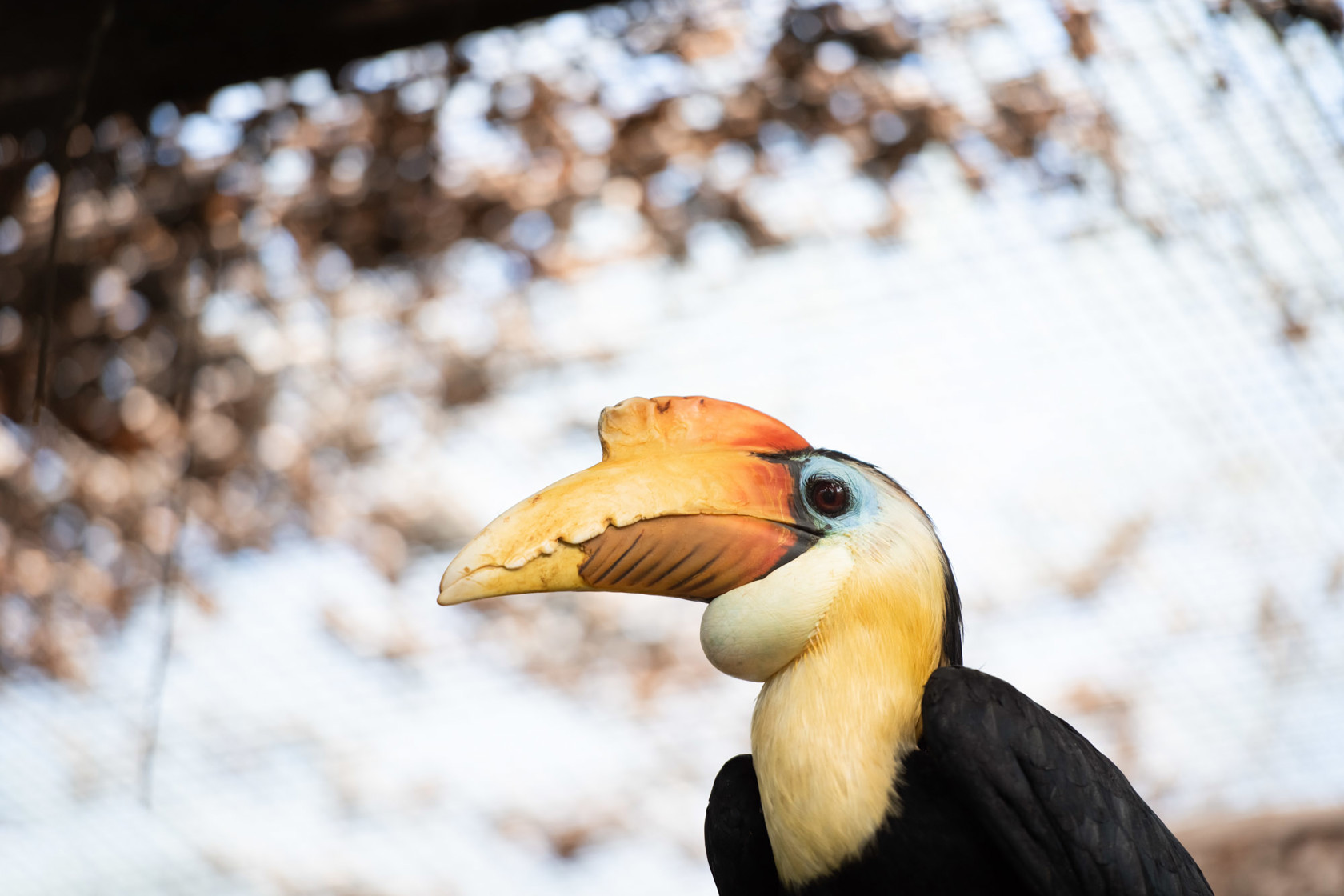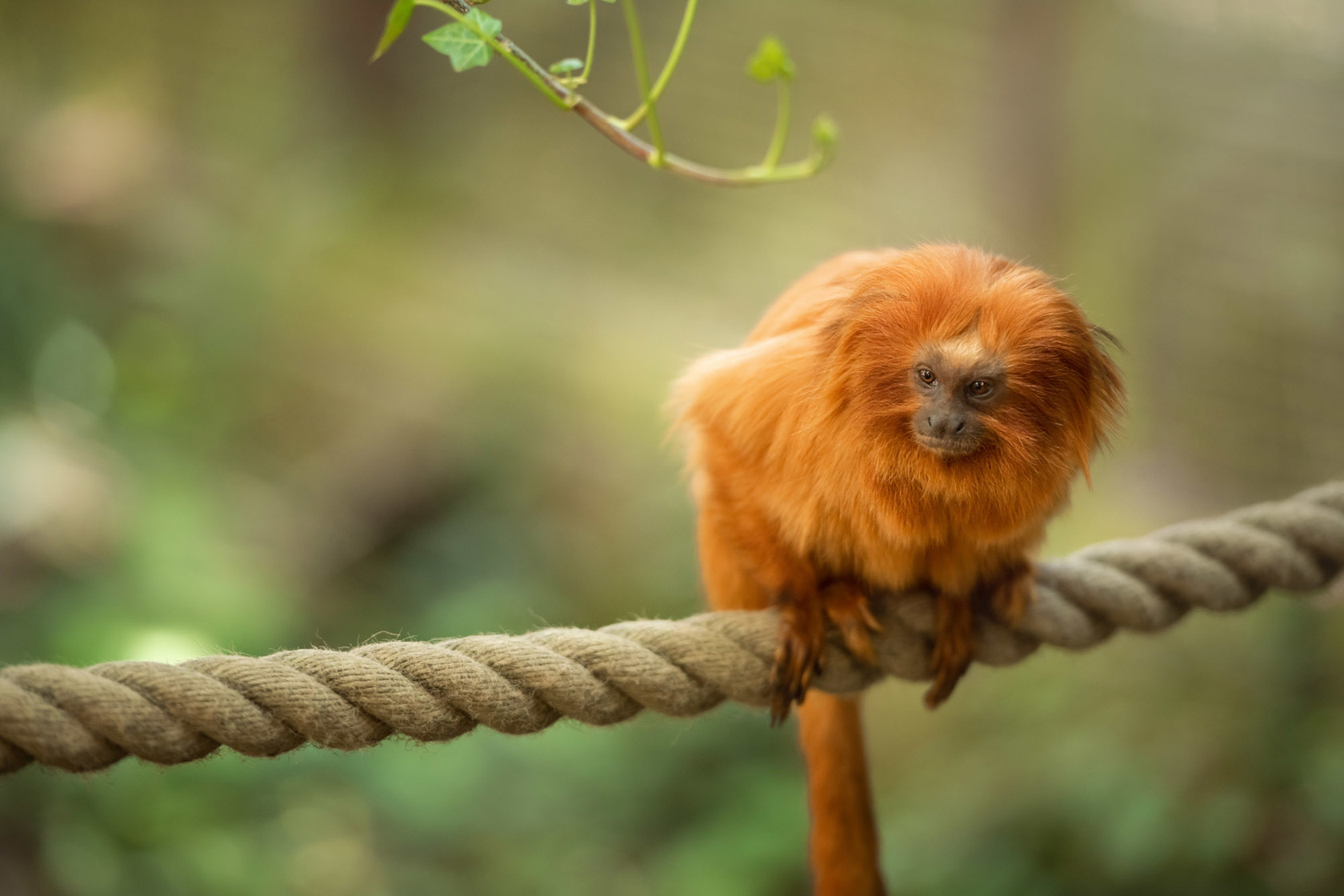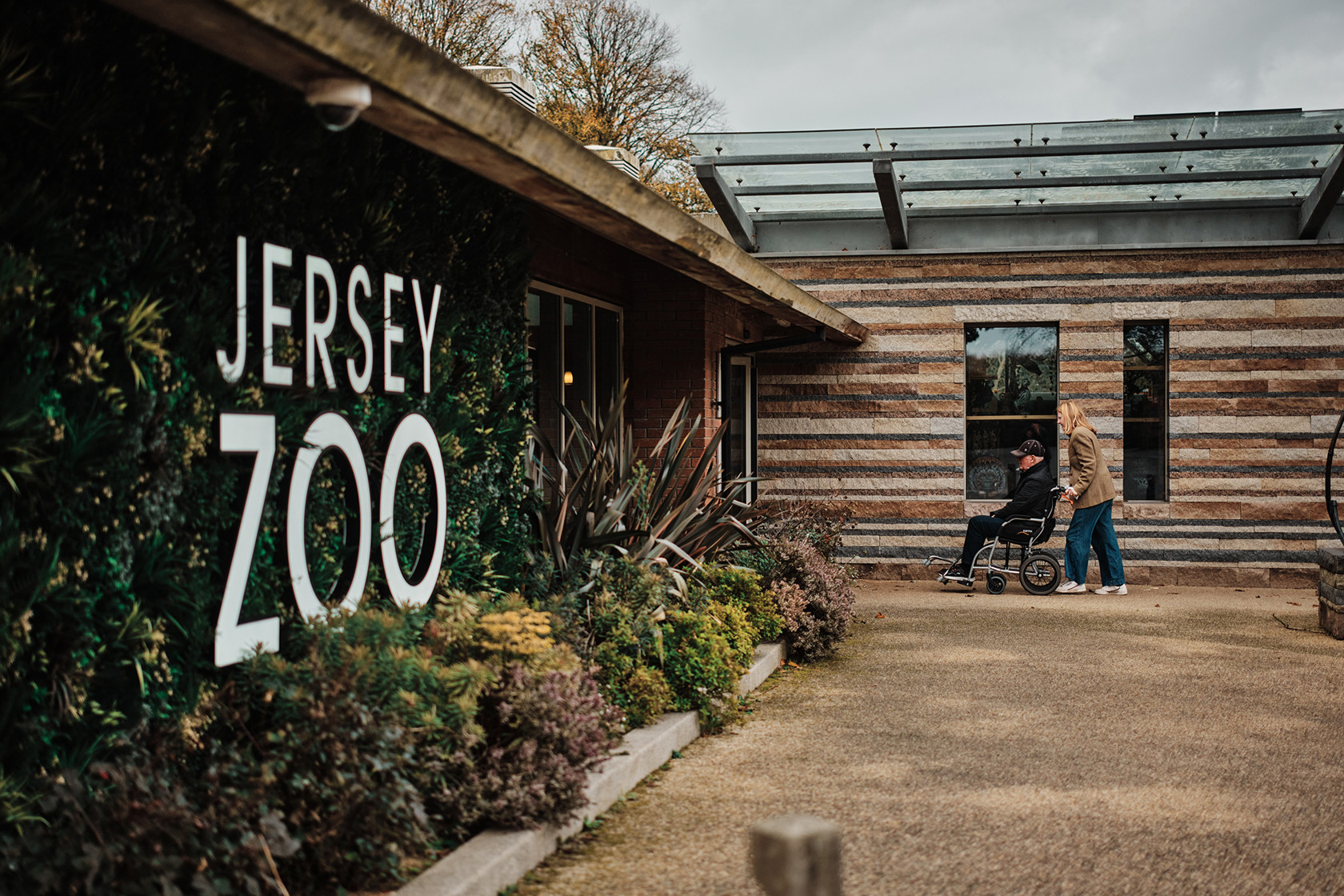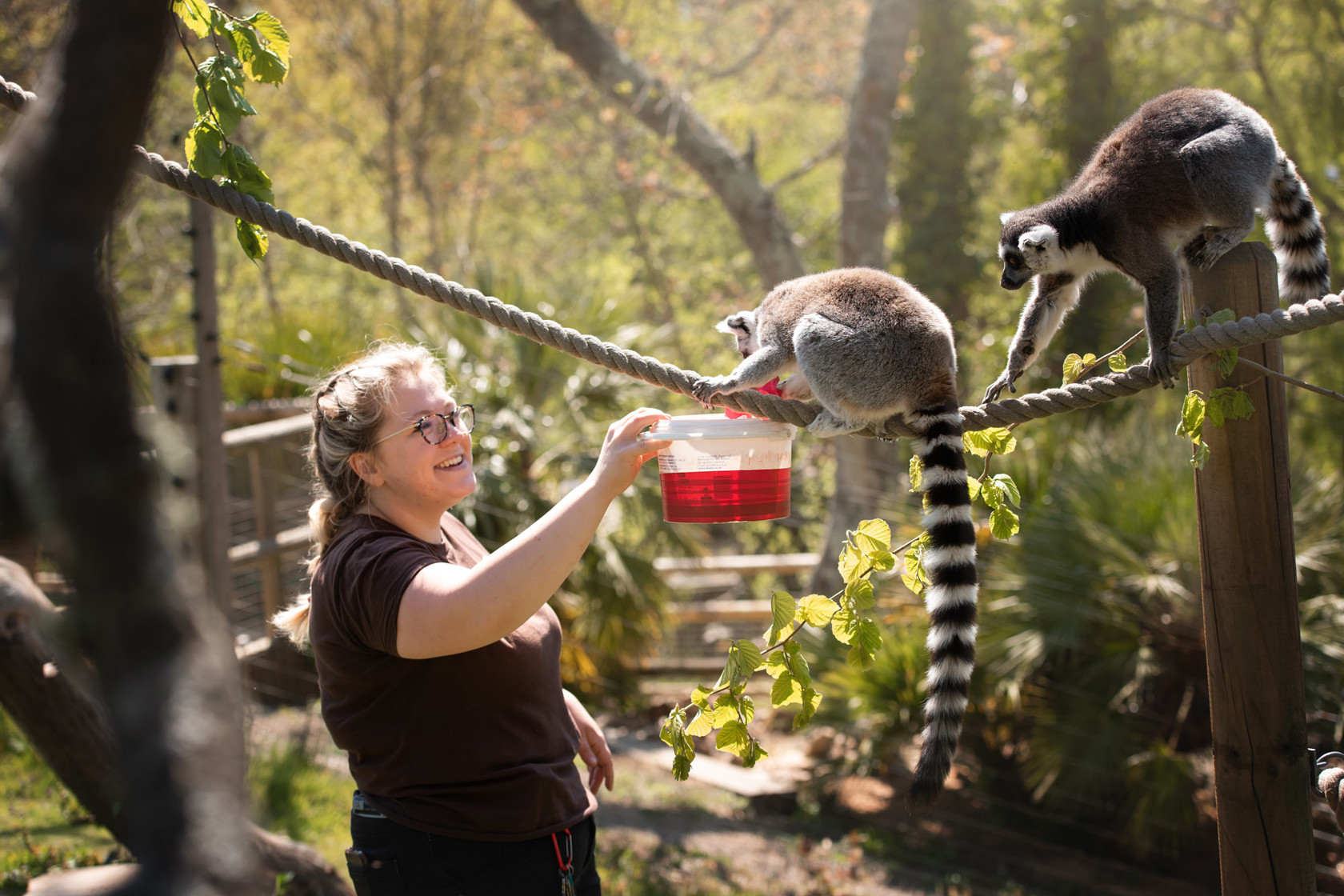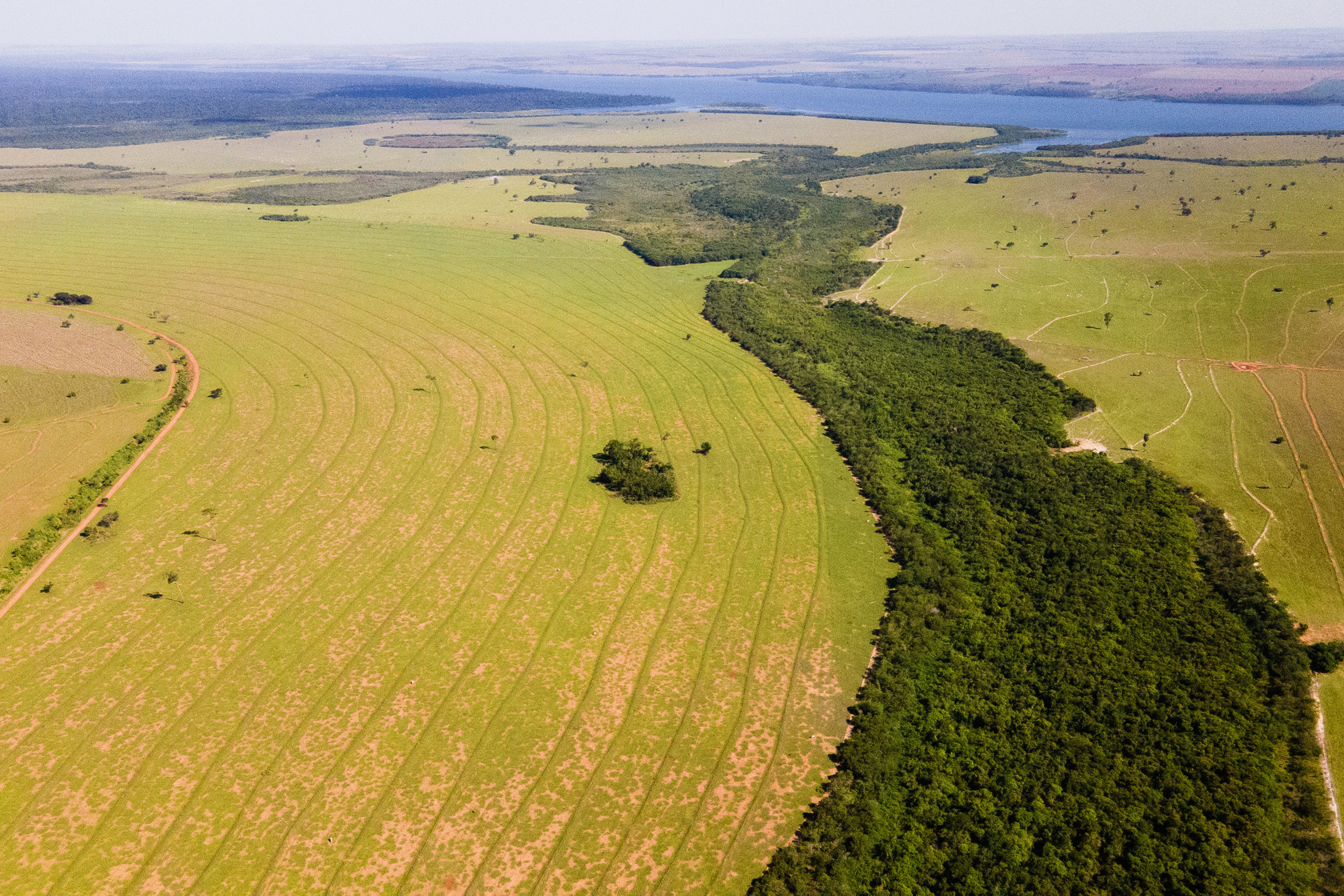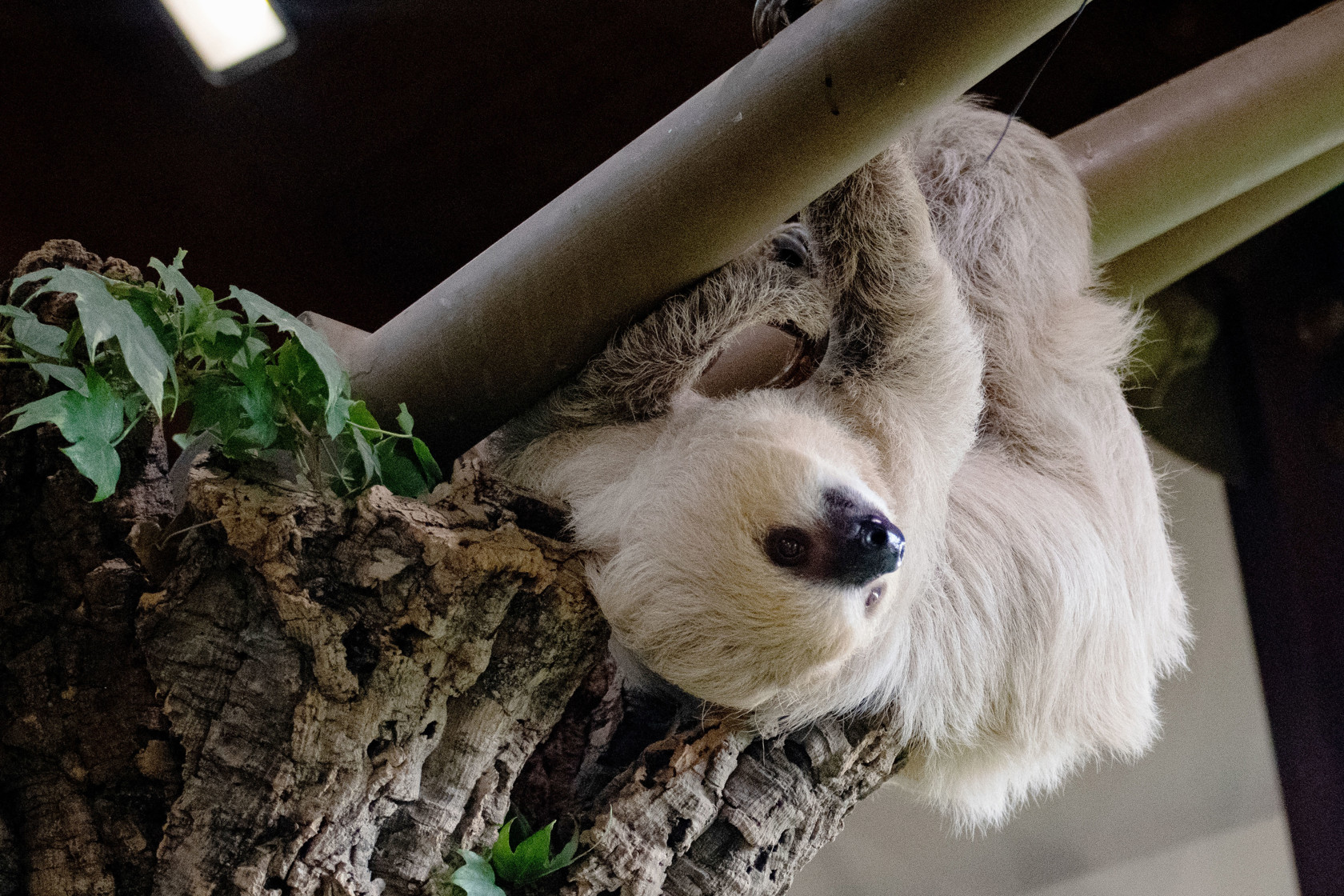Nine Mauritian species likely extinct without conservation intervention
Thursday 21 August 2025

For nearly 50 years, Durrell has worked in Mauritius with local partners Forestry Services, Mauritian Wildlife Foundation (MWF) and National Parks and Conservation Service (NPCS). Located about 2,000 kilometres off the southeast coast of Africa, the island's record of conservation success is impressive. Our team has supported many species-saving projects, with recent research showcasing the success of this long-term effort.
In a newly published paper, Durrell, the MWF, NPCS and the University of Oxford examined conservation’s impact on ten species now found only in Mauritius: the pink pigeon, Telfair's skink, lesser night gecko, Round Island boa, Bojer's skink, Mauritius kestrel, Günther's gecko, echo parakeet, Round Island hurricane palm, and orange-tailed skink. Using the IUCN Green Status of Species, we demonstrated the recovery achieved by conservation actions for each of these ten species.
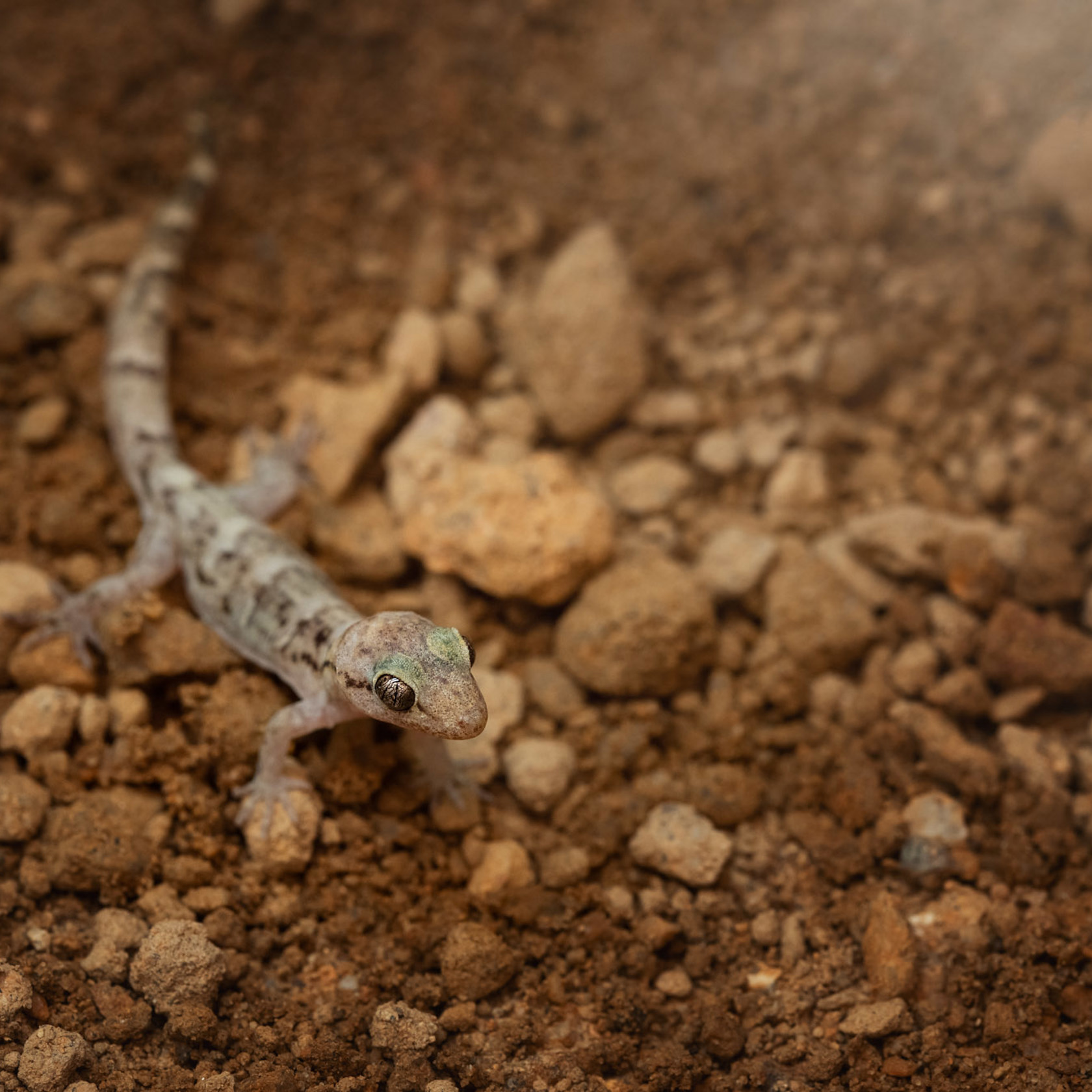
The Green Status of Species measures species recovery by comparing their current state to their status before human impact. It considers the past and present effectiveness of conservation actions, the consequences if efforts stop, and how successful recovery could be up to 100 years in the future.
Without conservation intervention, nine of the species assessed would likely have gone extinct by now. The exception, Bojer’s skink, is expected to have survived in only a single, tiny, and very isolated population.
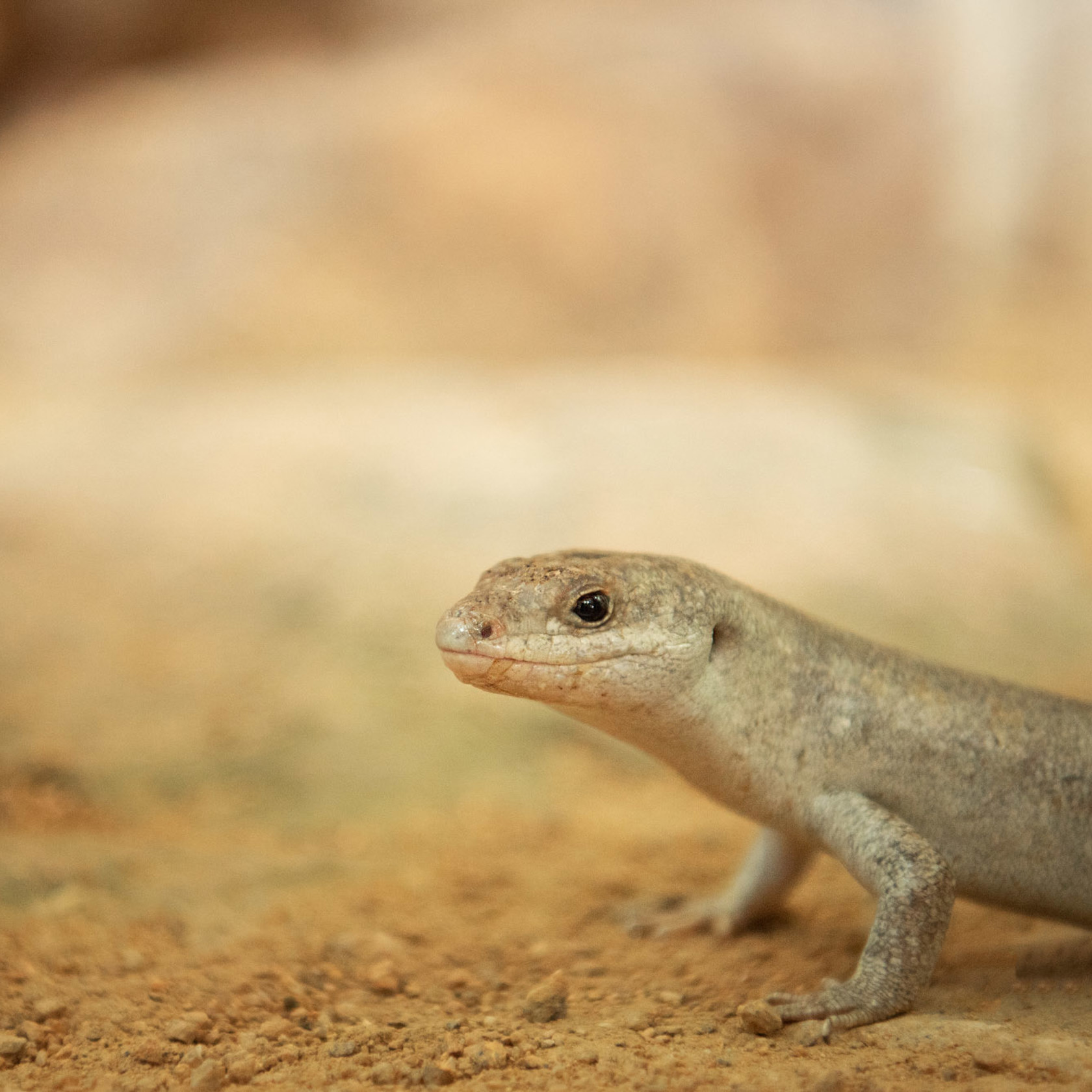
The study also demonstrates the importance of ongoing conservation efforts. If current conservation efforts were to stop today, these species could experience dramatic population declines within just ten years, and their status could deteriorate even further than it was in 1950, before any conservation work began. In as little as a decade, the Round Island boa and orange-tailed skink could disappear completely.
The findings of this study demonstrate, using real-world examples, how the IUCN Green Status of Species and its predictions help us understand and communicate the impact of conservation. It also highlights why long-term investment in conservation projects is vital if we want to keep saving species from extinction.
Read the full research paper here.

